Walking is a powerful way to mainline nature.
1 INTRODUCTION
Feeling the earth under your feet.
2 TOWN GUIDE
The best places for ryokan, onsen, and hearty farmhouse cuisine.
3 DAILY RHYTHM
Walking yields the right rhythm for thinking.
4 ESSENTIALS
No need to think of what to wear to dinner: Yukuta provided.
5 HIGHLIGHTS
The people, the history and traditions, the charm of it all.
Guided (and self-guided) walking holidays are an amazing way to discover an authentic Japan. Walk Nakasendo Way, The Kiso Road, through rural areas and central mountains of Japan. A hiking route used since feudal times the Kiso Road (a portion of the Nakasendo Way), is part of a network of ancient highways, which linked Kyoto and Tokyo through Japan’s central mountains.
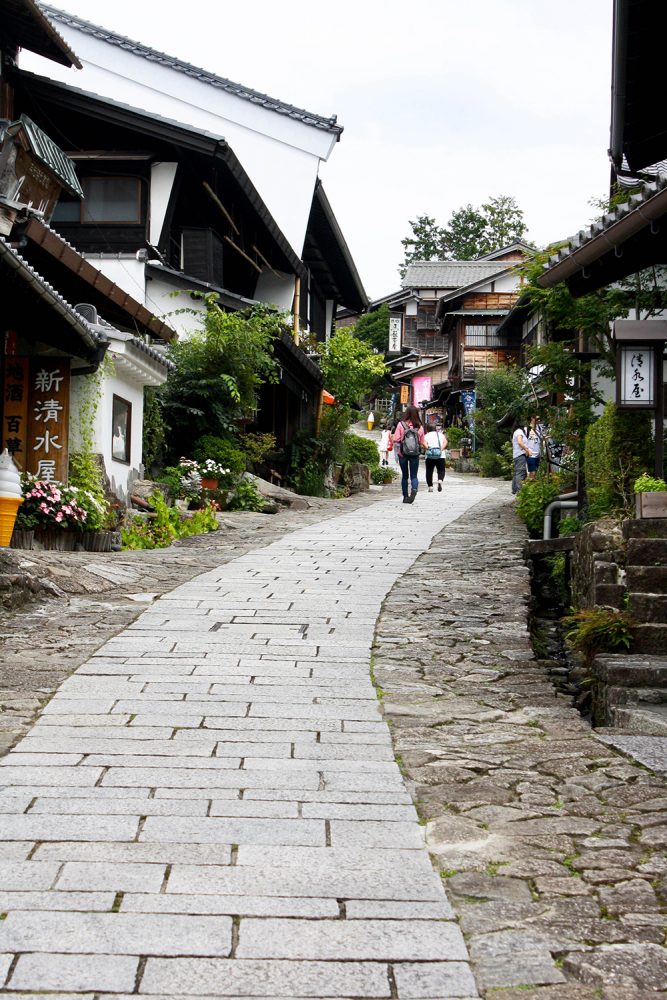
-
INTRODUCTION
Feeling the earth under your feet.
There’s no better way of getting into the fabric of a wonderful part of the world than by feeling its earth under your feet, its slopes in your legs, its sun on your skin and the prospect of its gastronomy at the end of your day. Even better if ahead of you on the path is an expert guide who knows about the flora, fauna and history of the area, and has preselected the best places to eat, stop and shop, and beside you are like-minded companions, all with their own stories to tell. And you all end up looking a picture of health.
Guided group walking holidays come in many manifestations, but the essence of them all is an experience shared. On the trail, conversation is unpressured. Knowledge, and fitness, is gained. There’s a sense of achievement and of daily adventure, even if it is merely an encounter with a comb craftsman, or feeling that one has mastered a traditional bathing ritual.
I have always been enthralled by Japan, and have long wished to visit this fascinating and historic country. Around two years ago, whilst browsing the web, I happened upon the Walk Japan website, and was enchanted by the visuals presented of ancient Japanese villages, cherry blossoms in spring, soaking in natural hot springs, pagoda-style castles, and paved ancient trails.
This was an experience I desperately wished to try, and almost two years to the day later, my husband and I boarded the Shinkansen in Tokoyo bound for Nagoya.
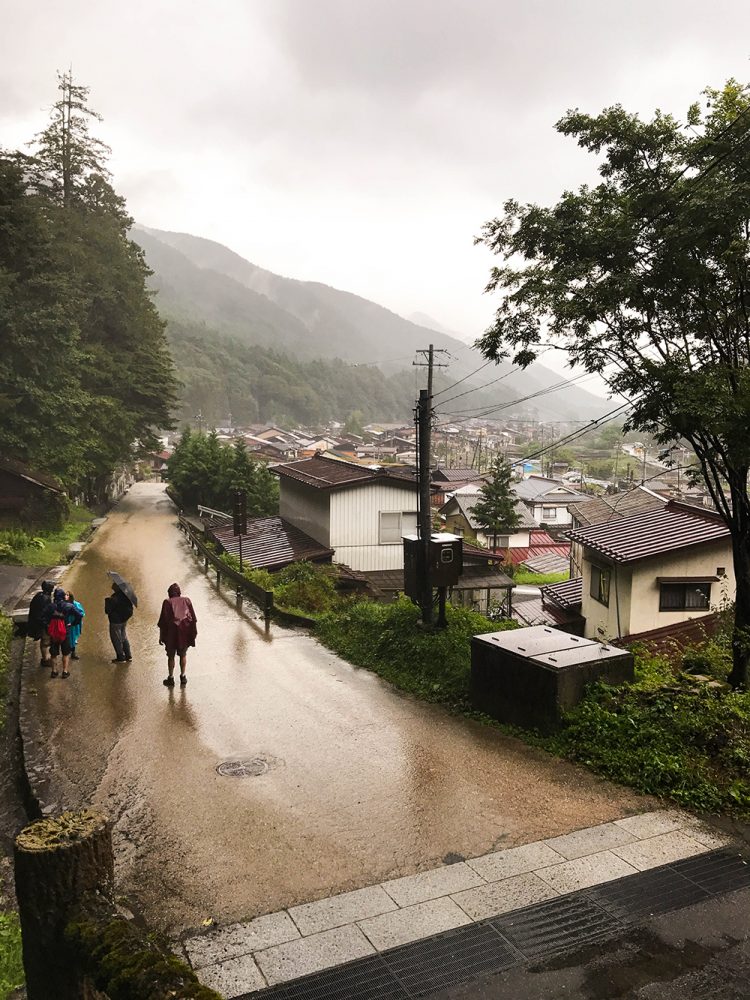
-
TOWN GUIDE
The best places for ryokan, onsen, and hearty farmhouse cuisine.
From Nagoya station we were taken to Ena, a small historic town and the starting point for our walk. Here we had our first taste of staying in a ryokan, a traditional Japanese inn for travellers. Built almost four centuries ago, the inn was hosted by three generations of women – all who belonged to the founding family.
The next day we started our walk along the Nakesendo, stopping at Magome post town. This beautifully restored mountain village with its broad stone walkways, lined with carefully tended homes, shops and restaurants, was a pleasure to behold. Stunning views across the valley, had everyone diving for their cameras.
That night we stopped in O-tsumago, another tiny ancient hamlet with a charm words simply cannot describe. The ryokan in which we stayed was again, many centuries old, with a delightful innkeeper who spoke perfect English having studied in Canada.
On the third day we set off for Tsumago, the best-preserved and probably the most attractive post towns in Japan. Great lengths have been taken to recreate the ambience of the Edo period. No cars are allowed on the main street, while phone lines and power cables are kept well hidden, allowing visitors to feel as if they have slipped back to an earlier time.
We slept in Kiso-Fukushima, a pleasant Onsen (thermal hot springs) town. Old waterwheels, canals and postboxes dot the streets, while the surrounding mountains provide yet another visual delight.
Much time was spent out in natture on day four, with an exhilarating mountain walk ending up in Narai, the town known for its lacquer ware, and most wealthy of the post towns.
Matsumoto, the town in which we spent our final night, offers an atmosphere that is a lot more metropolitan. Nestled between the Japanese Alps and Utsukushigahara Heights, Matsumoto has the distinct feel of a ski town. Memorable for many things (shopping and restaurants) but especially the Matsumoto Castle, which looks like something out of a storybook.
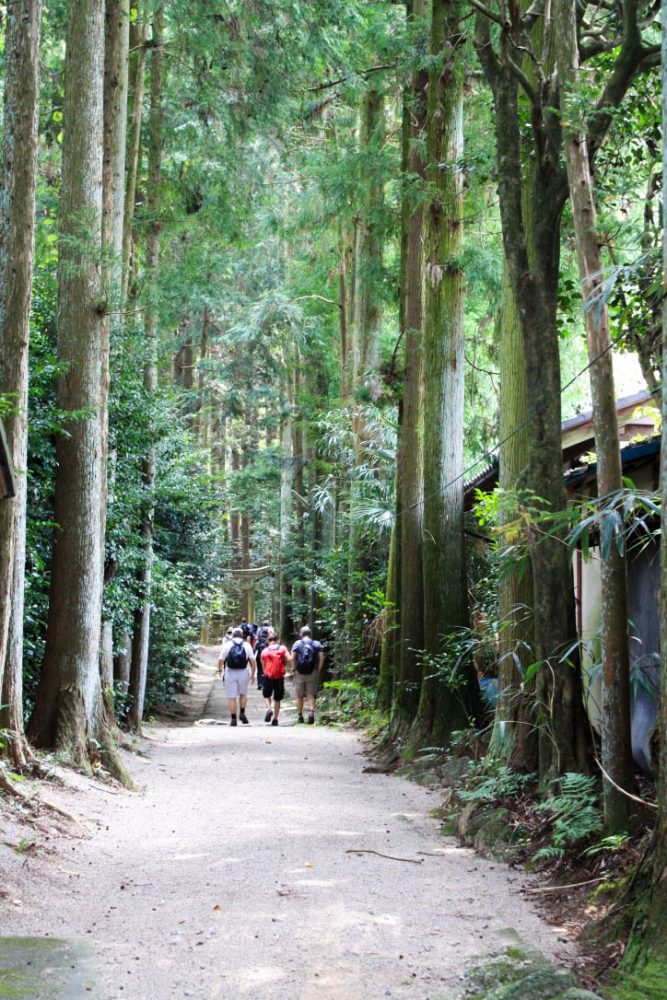
-
DAILY RHYTHM
Walking yields the right rhythm for thinking.
Our Walk-Japan experience lasted five days, and four nights. The Nakesendo Way: Kiso Road is one of the shorter walks with the longest being around 10 days and nine nights.
While the first and last days followed a slightly different rhythm — the middle three days followed more or less the same pattern.
Most of us awoke around 6.30am, and thoroughly enjoyed a traditional Japanese breakfast served between 7.30am-8am.
Luggage, packed and ready to be transported to the next overnight stop was lined up and in the foyer by around 8am, and we usually left the inn by around 8.30am, daypacks on our backs.
Average walking distance was around 12 kilometres a day. Walking was punctuated with ample refreshment and restaurant stops, museum and craft experiences, train and bus rides, and free time for shopping.
Routes traversed went up and down mountains, through forests, next to waterfalls, past shrines, through villages and along rivers.
We checked into the night’s accommodation around 5pm, and then it was time to get ourselves ready for the evening meal. Walkers are encouraged to bathe the traditional Japanese way and to attend the evening meal dressed in a Yukata evening gown.
After a fabulous evening meal accompanied by Sake (or wine), we were all in bed by around 10pm.
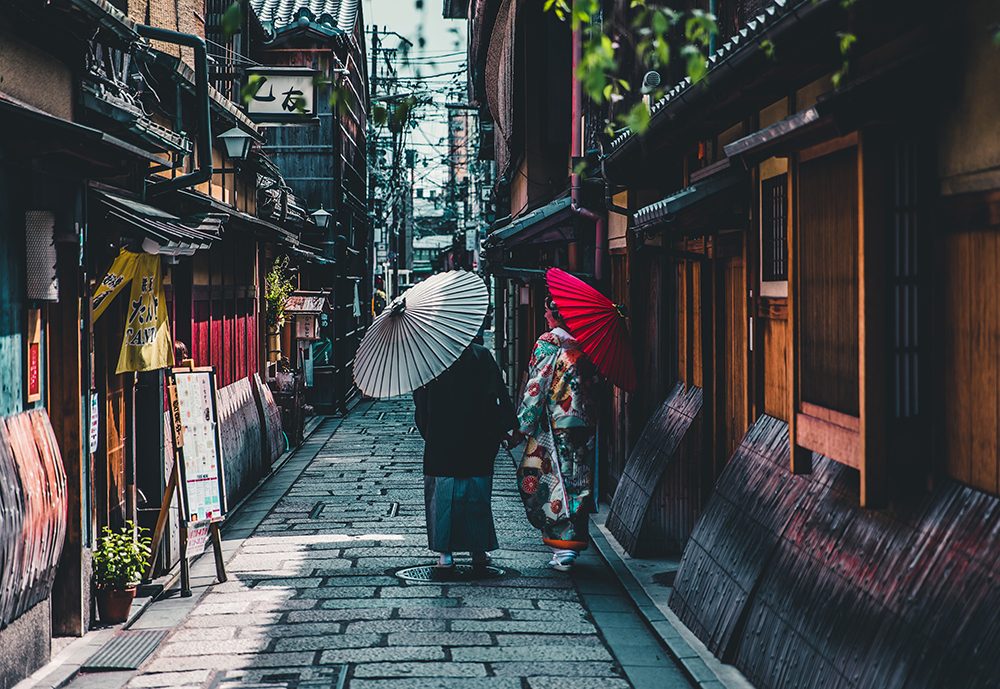
Etiquette
One thing that made Japan extra special for me was that locals were so courteous. There is a definite code of etiquette in Japan that governs this considerate behaviour, and although the Japanese are very forgiving towards their foreign guests, knowing a few etiquette essentials definitely helps when travelling in this remarkable country.
- Never enter a house or ryokan (Japanese inn) with your shoes on. Within the entrance there is usually a step up into the building proper. Slippers for you to wear inside, are usually lined up here for your use. Inside slippers should not touch the entrance way, neither should your stockinged feet.
- Do not wear your slippers into tatami (straw mat) rooms. Always walk on tatami in your stockinged or bare feet.
- When entering the toilet, swop your indoor slippers for a pair of toilet slippers, and don’t forget to change back into your indoor slippers when leaving the toilet area. (This is a tricky one. I am not sure how many times I was found walking around the ryokan in the toilet slippers!) Of course this rule does not apply to public toilets!
- Washing and showering. By the side of each bathtub is a shower unit and tiny stool, often with toiletries, a tiny bucket, and a little towel as well. You are expected to soap and shampoo yourself while sitting on the tiny stool, then to shower off completely, prior to getting into the bath for a soak.
- Most New Zealanders are familiar with chopsticks and handle themselves well at the table. It is considered impolite to leave food, especially rice. (A huge amount of land and care is required to grow enough rice just for one person per year!) And do not pour soy sauce on your rice either. Soy sauce must be poured into a separate little dipping bowl.
- When using public transport turn your mobile to silent, and do not use for conversation. However texting is acceptable.
- Do not point with your fingers, feet or chopsticks!
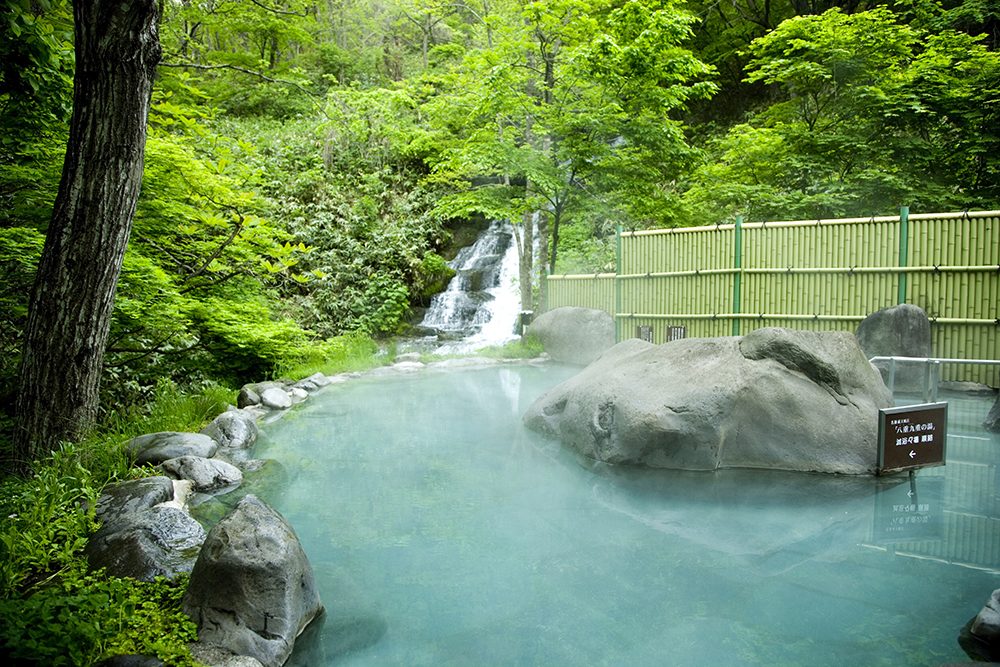
-
ESSENTIALS
No need to think of what to wear to dinner: Yukuta provided.
Walk Japan sends a comprehensive list of packing requirements: Listed below are a few things that I felt I could have planned better.
Cash: In many of the smaller towns credit and debit cards are not accepted.
Passport: In Japan passports must be carried on your person at all times.
Ziplock plastic bags: There is always the chance that drenching rain could bucket down, so save yourself from a day-pack filled with soaking bits and pieces by packing everything into a plastic bag and then into your pack.
Light and easy-to-transport luggage. If you are planning to use the excellent public transport system, resist the temptation to pack more than you absolutely need, otherwise you might find yourself having to lift heavy suitcases up and down umpteen flights of stairs, which is exhausting.
Worn-in walking shoes: It is wise to wear-in new shoes for at least a week prior to using on your Walk Japan experience.
Dual voltage hairdryer and tongs: If you like to blow dry your hair after washing be sure to take a dual voltage travel hairdryer, and of course a travel adaptor plug.
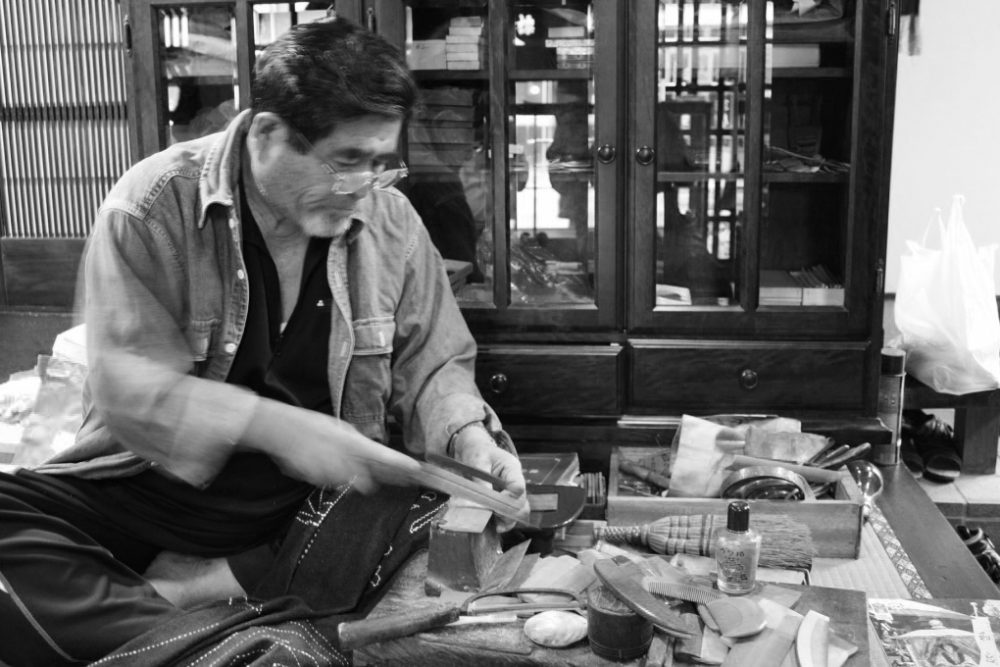
-
HIGHLIGHTS
The people, the history and traditions, the charm of it all.
I absolutely loved our Walk Japan experience, and would do another in a heartbeat. Whilst the entire experience was one big bright highlight, I know that the following memories will endure forever.
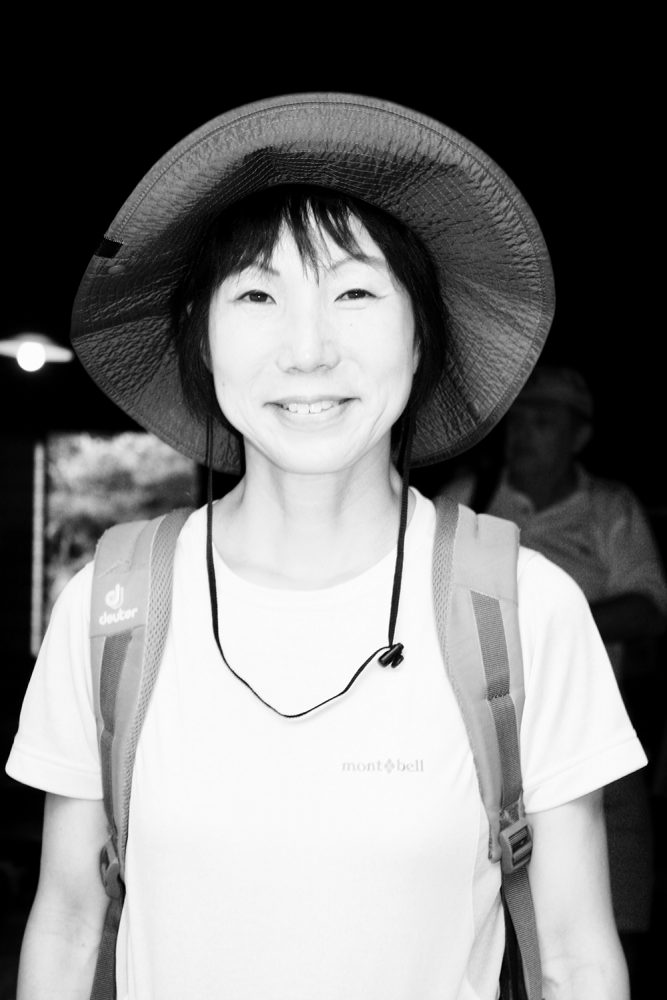
The people: The Japanese people whom we met were delightful. Hospitable in the extreme — nothing is too much trouble. We never encountered not even the tiniest bit of aggression or pushiness. This gentleness was so refreshing. Our Walk Japan guide deserves special mention. Emiko’s passion for Japanese history and culture shone through all that she shared with us.
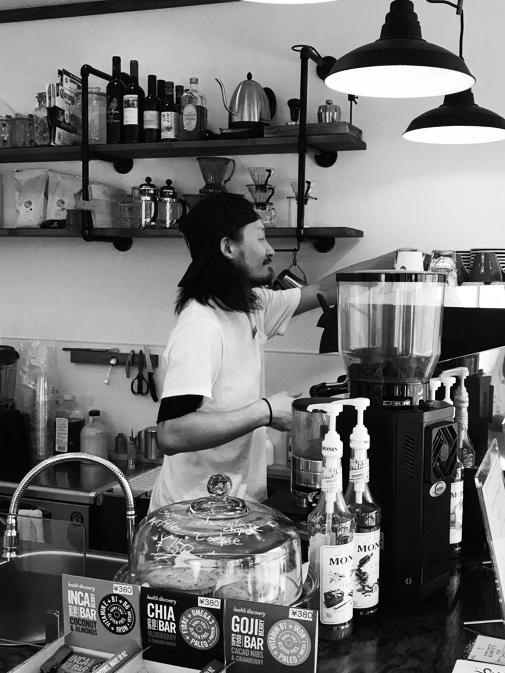
Mountain coffee: By around day five of our Japanese experience, suffering from definite caffeine withdrawal, we chanced upon Hillbilly Café in the pristine mountain village of Magome, and enjoyed the most stunning flat white ever!
Running water: In every little town we walked through we were aware of the gentle sounds of running water. Fountains were plentiful and so pretty to look at. Stone troughs surrounded by shrubs and filled with crystal clear mountain water which trickled from bamboo pipes or similar.
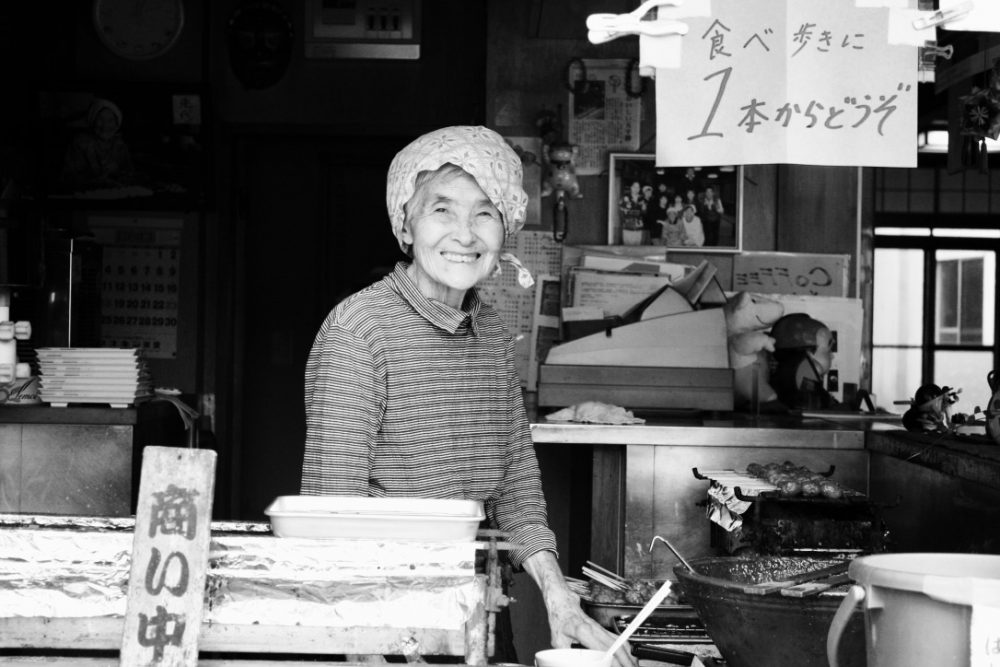
Cuisine: If you enjoy Japanese food, you will love a Walk Japan experience. The food was to die for. A dish I won’t forget is the steaming fragrant hot pot soup of vegetables, pork and soba noodle, accompanied by Japanese beer, enjoyed at a tiny restuarant called Soba Yamanaka in Narai. So comforting and delicious, after a lengthy mountain walk in the pouring rain!
Words: Agnes Harrison
WALK JAPAN
walkjapan.com





